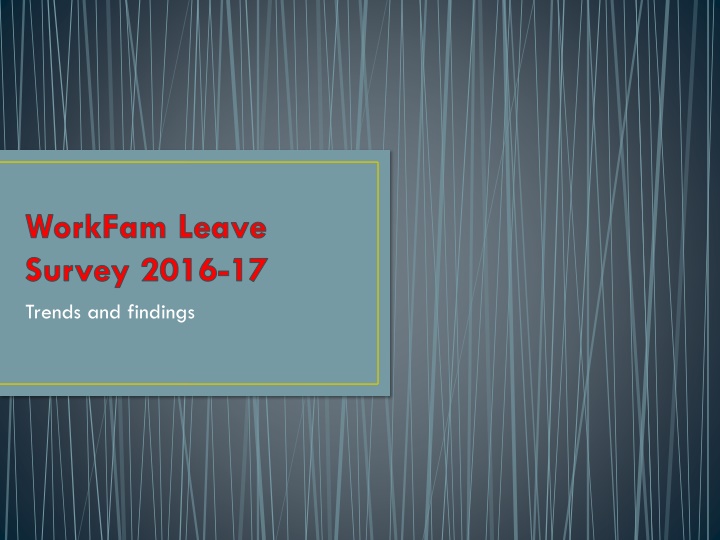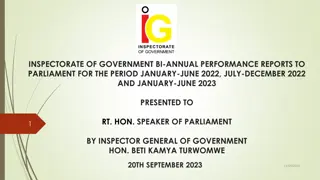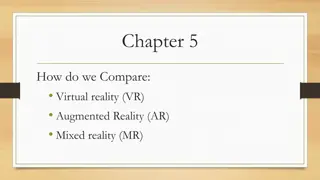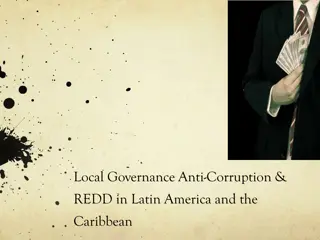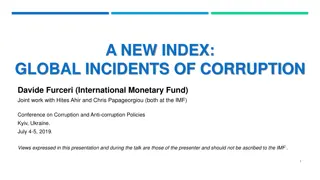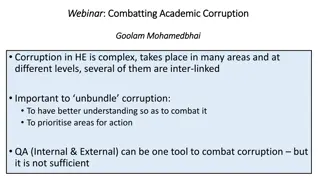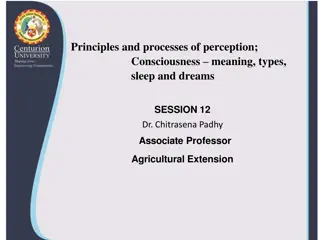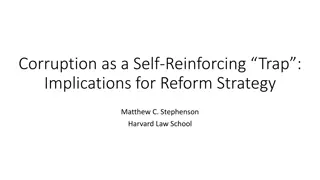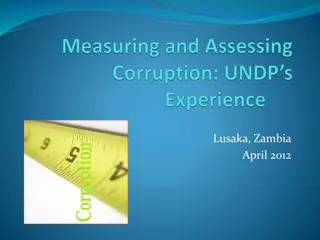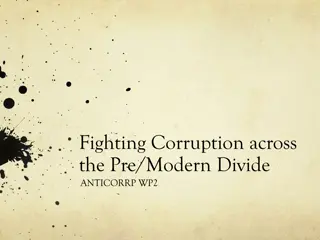Imprisonment on Corruption Cases: Perception vs Reality
The study examines the societal and judicial perceptions of imprisonment on corruption cases, focusing on individualization of sanctions, economic influences, and the role of imprisonment in public policy design. It compares student perceptions with official statistics on imprisonment lengths, aiming to bridge the gap between societal expectations and judicial reasoning.
Download Presentation

Please find below an Image/Link to download the presentation.
The content on the website is provided AS IS for your information and personal use only. It may not be sold, licensed, or shared on other websites without obtaining consent from the author.If you encounter any issues during the download, it is possible that the publisher has removed the file from their server.
You are allowed to download the files provided on this website for personal or commercial use, subject to the condition that they are used lawfully. All files are the property of their respective owners.
The content on the website is provided AS IS for your information and personal use only. It may not be sold, licensed, or shared on other websites without obtaining consent from the author.
E N D
Presentation Transcript
WorkFam Leave Survey 2016-17 Trends and findings
Background information Hosted on Survey Monkey Publicized to SMT and AMS 140 responses over 6 months (4 October 2016 - 25 April 2017) Roughly equal representation between SMT and AMS SMT 55% AMS 60%
Who responded? More women than men Female 60% Male 39% Equal representation between tenured and untenured faculty; few students Tenured 44% Untenured 44% ABD 3%
Profile of Parental Leave (income) Stop at two? First leave most likely to be fully paid. Second leave less paid. Comments reveal a variety of ways to work around restrictive institutional leave policies.
Profile of Parental Leave (duration) Majority take more than 12 weeks off. Greater variety of durations for first leave. Second leave duration more extreme in distribution.
Profile of Research Leave Those who take research leaves don t stop at two. Greater variety of durations for first leave. Second leave usually 1 or 2 semesters. Third leave much shorter.
Gender & Organizational Leave Trends Current demographics: SMT 2016 (65% male, 34% female) AMS 2017 (51% female, 49% male) More men in SMT have taken parental leave. SMT: 43% (18 males) vs. 57% female AMS: 21% (8 males) vs 79% female Gender equality in SMT for research leave, more women in AMS SMT: 5 females, 6 males AMS: 16 females, 8 males Gender equality in SMT for visiting positions, more men in AMS SMT: 4 males, 4 females AMS: 6 males, 4 females
Are we satisfied? Generally, yes. Sources of dissatisfaction: collegial/student demands, too short, threatened job security, negotiating with administrators, pay cut, fathers who use parental leave for research/writing, limited options for non-tenure-trackers.
Why we dont take leave Parental leave different from research leave/visiting position. Parental leave: income loss, own career advancement. Research leave/visiting position: relocation, family, children.
